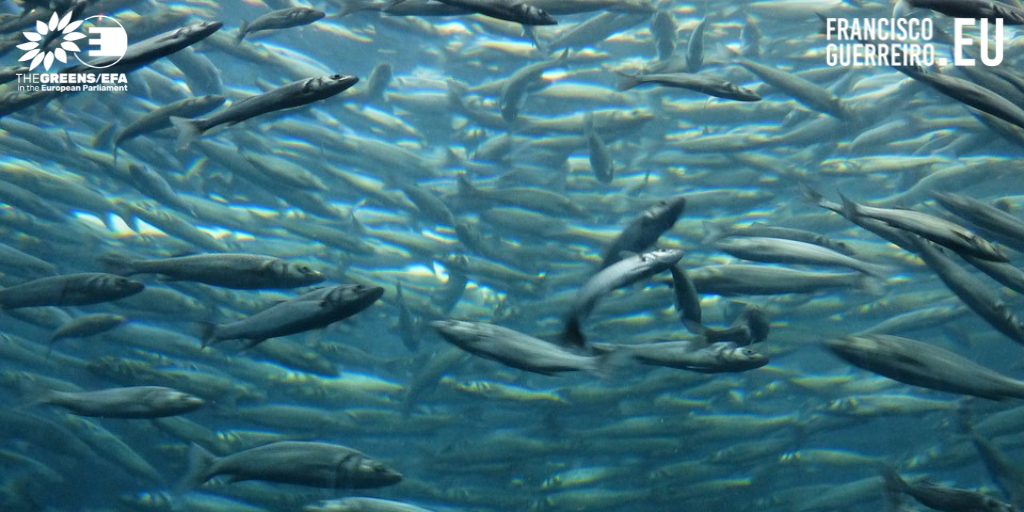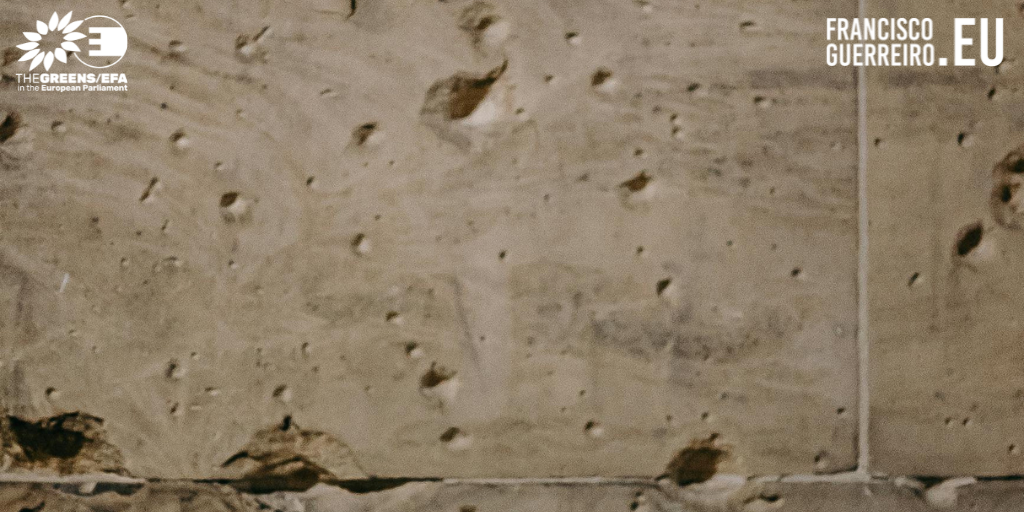
Question to the EC: Protection of sea cucumbers in the EU
See Francisco Guerreiro’s question to the European Commission and the written answer on the protection of sea cucumbers in the European Union.
Subject: Protection of sea cucumbers in the EU
Sea cucumbers are a very important part of aquatic ecosystems as they recycle decomposing matter and clean the seabed. Sea cucumber populations in the Pacific are collapsing, and in Europe they could also soon reach critical levels. Fishermen and opportunists are becoming aware of the profitability of these species, as they are considered a delicacy in Asia. In 2019, the Convention on International Trade in Endangered Species (CITES) for the first time included sea cucumbers in its Appendix II, which lists species that are not necessarily currently threatened with extinction, but that may become threatened unless trade is tightly controlled.
In 2018 Italy declared a moratorium on all fishing and transport of sea cucumbers to count its stocks. Yet various EU countries are not taking any action to protect these species, notably Holothuria arguinensis. The south of Portugal and the Azores are examples of coastal regions where the illegal harvesting of this animal has resulted in a worrying population decline.
1. Following the CITES decision, will the Commission add Holothuria arguinensis and other endangered sea cucumber species to the Habitats Directive, and include them in the relevant annex or annexes?
2. What is the Commission doing to monitor and prohibit the illegal trade in these species in the EU?
Answer in writing
The Commission is aware of the ecological role of sea cucumbers and how they are affected locally by harvest in EU waters. The listing of three species of sea cucumbers (not including H. arguinensis) in Annex II to the Convention on International Trade in Endangered Species of Wild Fauna and Flora (CITES)(1) was driven by the EU. The CITES listed Holothuria species can be traded legally, on the condition that the harvesting is not detrimental to their conservation status.
The listing of these species in CITES Annex II does not entail amendments to the annexes of the Habitats Directive(2). In line with the conclusions of its fitness check evaluation,(3) the Commission does not envisage amendments to these annexes. There are other provisions in EU legislation which are relevant for Holothuria species. The CITES listing has been transposed into EC law by an amendment to the EU CITES Regulation(4), which provides protection for the listed species from overexploitation through international trade from or to the EU. Sea cucumbers’ habitats are protected in Natura 2000 sites designated for the conservation of habitat types such as sandbanks or coastal lagoons under the Habitats Directive. Furthermore, Member States need to achieve good environmental status of their marine waters under the Marine Strategy Framework Directive(5), which includes protecting biodiversity and achieving healthy food webs of which sea cucumbers are an important part.
Discussions are ongoing between the Commission and the Member States to identify other species of sea cucumbers which would benefit from stricter protection at international and EU level, in particular with regard to exports to Asia.
(1) https://cites.org/
(2) Council Directive 92/43/EEC of 21 May 1992 on the conservation of natural habitats and of wild fauna and flora — OJ L 206, 22.7.1992, p. 7‐50.
(3) https://ec.europa.eu/environment/nature/legislation/fitness_check/docs/nature_fitness_check.pdf
(4) Council Regulation (EC) No 338/97.
(5) Directive 2008/56/EC of the European Parliament and of the Council of 17 June 2008 establishing a framework for community action in the field of marine environmental policy, OJ L 164, 25.6.2008, p. 19‐40.










ParlTrack - Francisco Guerreiro considered one of the most productive MEPs
Monday, 01 July 2024
The analytical website ParlTrack has recorded all the parliamentary actions of MEPs during the 2019-2024 term, considering Francisco Guerreiro one of the most productive.READ MORE